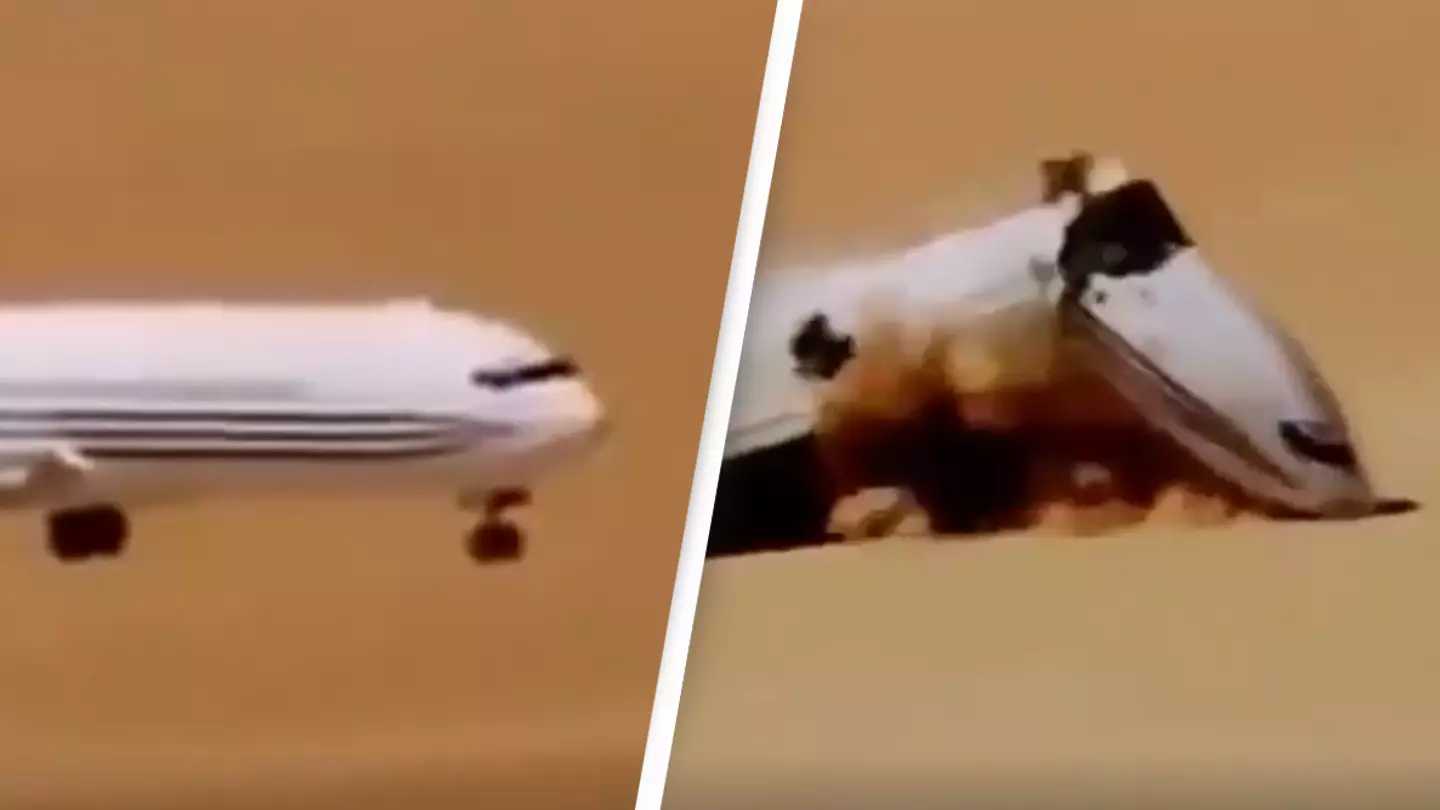
Intentionally crashing a plane sounds like a ludicrous idea, but scientists once did it to test which seats have the best chance of survival.
Back in 2012, a team of scientists crashed an aircraft in the Mexican desert to determine what seat would be best to be sat in should a commercial plane crash.
Of course, there were no real people on this aircraft, with it instead being filled full of crash test dummies, cameras and measuring instruments.
After receiving all the permits required, the test was able to take place on 27 April, 2012, with the idea that someone had to be in the cockpit when the aircraft took to the skies.
Advert
It was a crew of six that took the plane into the skies one last time, before it was transferred to a remote control operator who was in another plane flying behind the Boeing.
The crew on board parachuted to safety just three minutes before the crash, which is cutting it fine if you ask me.
The mammoth crash saw the plane's landing gear and the aircraft itself split into several pieces.
Advert
So, the question you've all been asking, which seats are the safest?
Well, Seat 7A was flung over 150 metres away from the crash, which would have almost certainly killed the person sitting in it.
Experts ultimately concluded the best places to be in the event of a crash were by the wings.
Near the back of the plane is also a good spot, as that's where the aircraft's body is strongest.
Advert

In fact, scientists worked out passengers at the back of a plane could have got up from the wreckage and walked away from the site without any serious injuries.
However, this does come with a bit of a caveat, as this particular test saw the front of the plane hit the ground first.
If it was the back end of the plane hitting solid ground first, then it would likely be a different story for those residing at the rear.
Advert
Officials had to overcome many obstacles to eventually complete the 2012 test.
It was originally meant to take place in the US, but the team never received permission from officials in the states.
So, they opted for Mexico, which allowed them to complete the important test.
